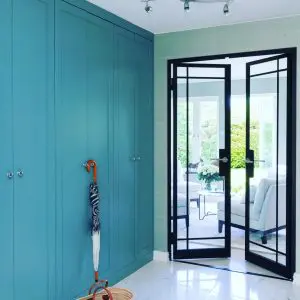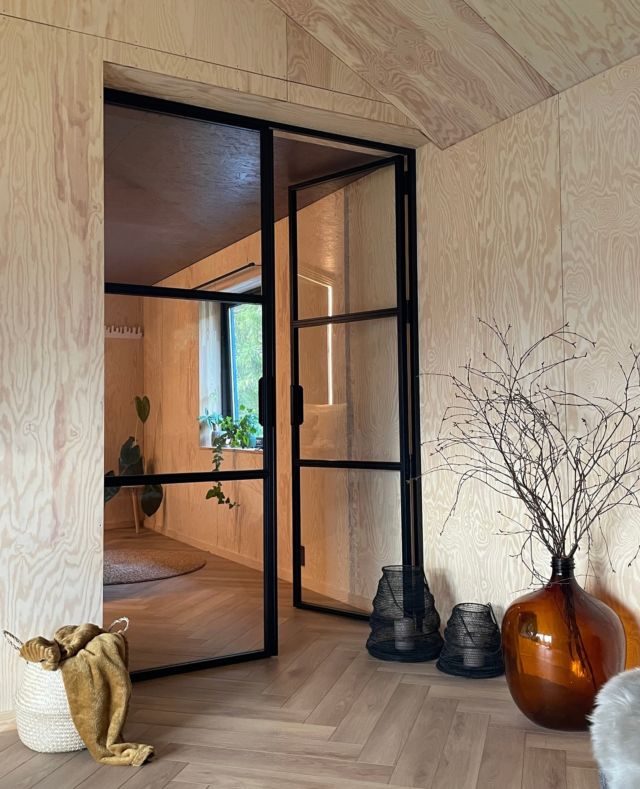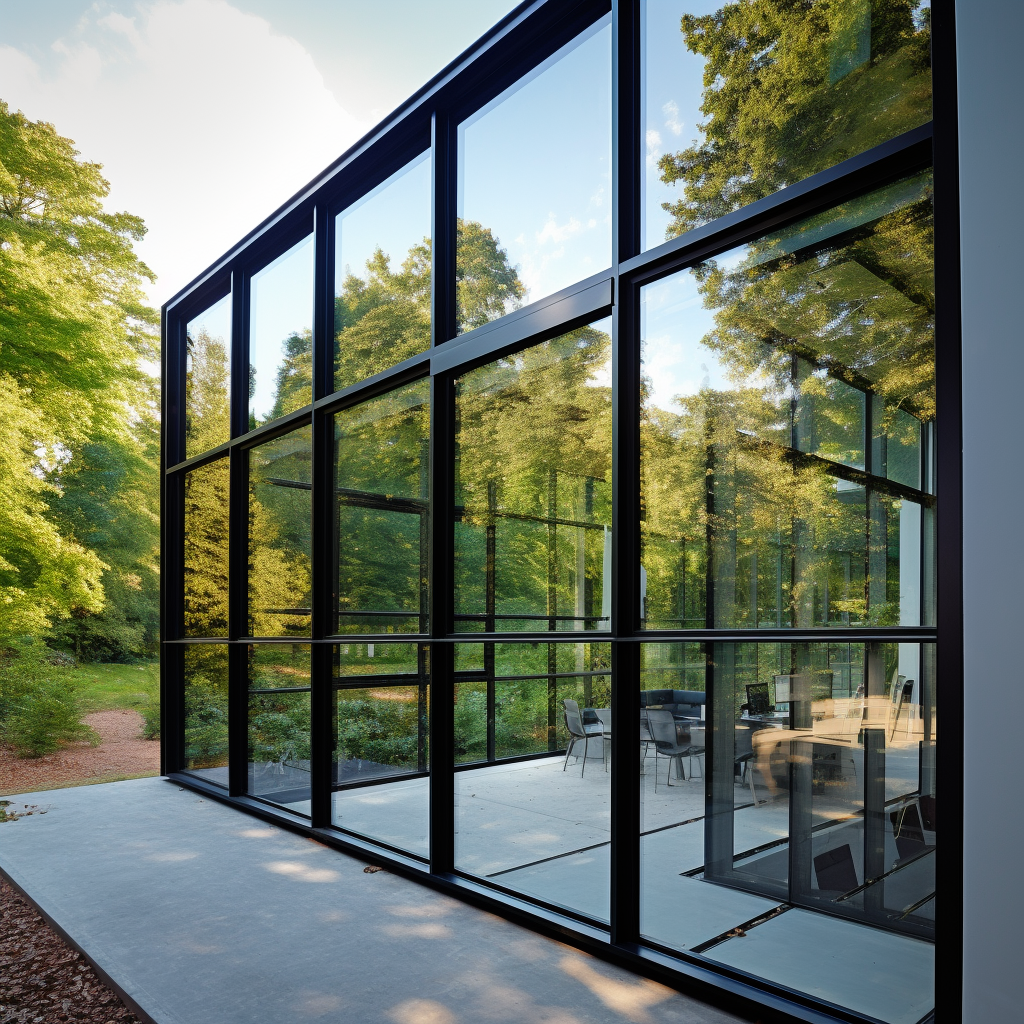Introduction
In an age where digital art, graphic design, and CGI often take center stage, it’s easy to forget the importance of traditional craftsmanship. One such domain of artistic endeavor that is often overlooked is the fabrication of windows and doors. At a cursory glance, these household essentials may not appear to be anything more than functional objects designed to provide security and insulation. However, the process of crafting these structures blends engineering precision with an artisan’s attention to detail. This post aims to illuminate the unappreciated artistry that goes into the creation of windows and doors.
The Historical Perspective
The history of doors and windows dates back to the earliest human civilizations, from the Mesopotamians and Egyptians to the Romans and Greeks. Each era had its own unique design, often reflecting not only the technology available but also the aesthetics and symbolism of the time. Roman arches, Gothic stained glass windows, and Japanese Shoji screens exemplify how different cultures have turned these functional elements into works of art. Each artifact tells a story, revealing the skills, imagination, and traditions of the artisans who created them.
A Palette of Materials
Creating a window or a door starts with selecting the appropriate materials. Gone are the days when choices were limited to wood or stone. Today, craftsmen work with a myriad of materials including metal, glass, composite materials, and even advanced plastics. The choice of material can dramatically change the aesthetic of the final product. A stained glass window adds a different artistic touch than a sleek, steel-framed window. The material serves as a canvas, setting the stage for the craftsman’s vision.
The Artistry of Design
Once the material is chosen, the design phase begins. This is where the craftsman’s vision starts to come to life. Whether it’s an intricately carved wooden door, adorned with symbolic motifs and patterns, or a minimalist window design that draws attention to the landscape beyond, the options are virtually limitless. Design software enables craftsmen to visualize the end product, but it is their innate understanding of proportions, symmetry, and aesthetics that breathes life into each design.
The Craftsmanship of Execution
The design comes to life during the fabrication process. Whether it’s the meticulous chiseling of wood, the expert welding of metal, or the delicate placement of glass, each step requires skill, patience, and a keen eye for detail. Even with modern machinery, a human touch is irreplaceable for tasks requiring fine-tuning and adaptation to unique architectural features. The craftsman becomes a sculptor, ensuring every element fits together seamlessly, creating not just a functional item but a piece of art.
Personalized Art
What makes the fabrication of doors and windows truly an art form is the ability to personalize each piece. Unlike mass-produced items, custom-crafted windows and doors can be tailored to meet the specific desires of the homeowner. From personal emblems and family crests to unique color patterns and stylized designs, these installations become a form of self-expression.
Conclusion
In a world increasingly dominated by digital and disposable products, the timeless art of window and door fabrication stands as a testament to human creativity and craftsmanship. This isn’t just carpentry or construction; it’s an art form that requires vision, skill, and a dedication to excellence. The next time you walk through a door or gaze out of a window, take a moment to appreciate the artistry that made it possible.





